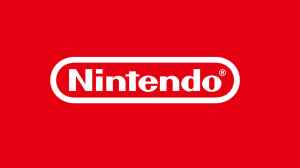
Microsoft has discontinued production of the Kinect, according to a report from co.design. This innovative motion tracking, voice command, and system learning hardware launched in 2010 to much fanfare, but mixed reception. On paper it seemed to do okay, selling through roughly 35 million units, but it’s worth keeping in mind that those figures represent two separate console generations, and the Kinect was bundled in with the Xbox One for a decent stretch of time. Microsoft will continue to support the Kinect on Xbox, so don’t worry about going home to a fancy brick with lenses, but retailers will no longer be supplied with the product.
Videos by ComicBook.com
In co.design’s interview with Kinect creator Alex Kipman and Xbox Devices Marketing Manager Matthew Lapsen, Lapsen reveals that the Xbox One was designed from the ground up to work seamlessly with the Kinect. “When we introduced Xbox One, we designed it to have the best experience with the Kinect. That was our goal with the Xbox One launch,” he said. “And like all product launches, you monitor that over time, you learn and adjust.”
Their observations yielded less-than-promising results. Developers just weren’t willing to sink funds and research into creating games designed exclusively for the Kinect, and consumers weren’t happy about Xbox One resources behind held back from developers in order to enhance the Kinect. Having the Kinect packed in with the console also drove prices up, a fact that Sony was more than willing to exploit in time.
But it wasn’t a moot venture. Kipman reflects upon the years of development and the philosophy that led to the Kinect, and insists that Microsoft’s Hololens is a direct result of those efforts; efforts to bring machines more into the human world to understand us, and not the other way around.
“The vision here, the thing we’re infinitely patient about, and I’m personally going to spend the rest of my life working on,” Kipman concludes, “[is] to empower people to work with technology from ever more human ways.”








